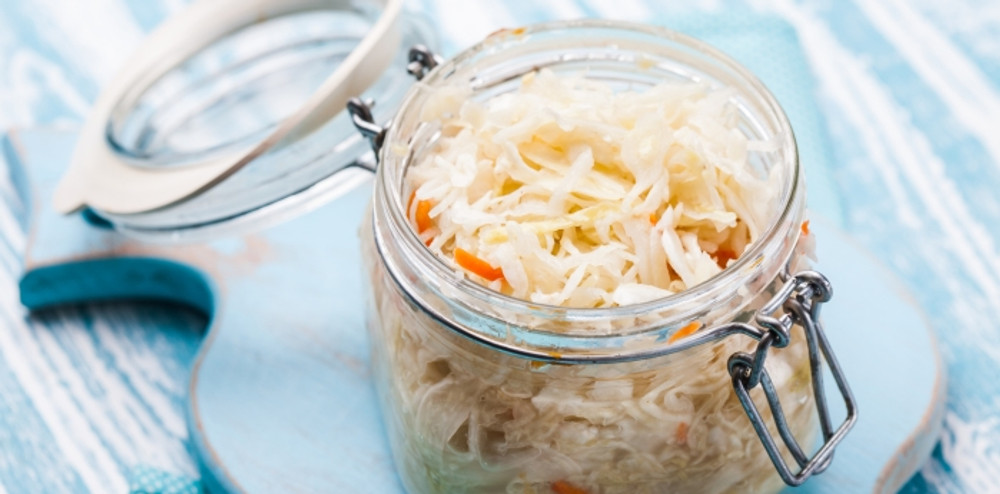
Wild fermentation is specific to the live organisms naturally present on the raw vegetables. This is the traditional way to ferment vegetables and sauerkraut because there are abundant lactic acid bacteria on all plants and if submerged under its own juices with a good coverage of salt (regardless of what type vessel they are contained in) the moulds cannot grow on them and lactic acid will dominate. Culturing fermentation is specific to the introduction of specific isolated organisms to inoculate the fermentation process. These are specific to any microbial starters and may include a commercial bacteria culture starter or a small portion from your previous fermentation batch such as sauerkraut juice or other fermented vegetable medley juice or whey dripped from yoghurt. It is true, you can culture vegetables with whey or powdered commercial starters to add specific strains of bacteria but they are not absolute or necessary to inoculate the fermentation process.
Fermentation Vessels for making sauerkraut and other fermented vegetables
Sandor Katz the fermentation Guru has compiled the bible of fermentation titled ‘the art of fermentation’. He has experimented with every culture and every fermentation vessel known and his book is endorsed by Sally Fallon and a host of other fermentation enthusiasts. His first comments under the title ‘fermentation vessels’ advises people to look around their homes and kitchen to find a good sized glass jar. This is how I also teach people to make their first batch and once they have learnt the basics they can decide how enthusiastic they wish to become in using more inventive equipment.
I am often asked what Dr Natasha uses to make sauerkraut so I asked her when out at dinner with her here in Australia and she advised that she simply uses a glass bowl and plate for a weight and that this is what her family used generations before her. She spoke lovingly of her grandmother who taught her how to ferment foods. I have come to the conclusion that it really does not matter what fermentation vessel you use to make one batch more superior than the other and that it depends on your enthusiasm for making fermented vegetables, what you prefer to use, what you can afford to use and whether you are just starting out.
If fermentation is new to you, I always suggest using a simple glass jar and then I provide instructions on how making sauerkraut can be made this way. Dr Natasha has developed a wonderful video demonstrating how to make all the GAPS food on the introduction diet including a variety of fermentation methods and vessels that can be used. Sandor Katz also provides a thorough examination of all the fermentation vessels from glass jars, crocks and airlock systems and this includes all the pros and cons so once more, it comes down to what you like to use and what you can afford. Please do not feel pressured that you are missing out on the best, simply because you are not using a particular recommended fermentation vessel or culture.
Fermentation is not about finding the perfect vessel or culture and our forefathers have proven this many times before us with their methods to preserve their food and maintain their good health from the probiotics produced from them in their many forms.
